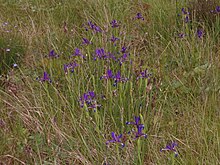Blue iris (Iris spuria) – Lindelyst
$ 18.50 · 4.8 (387) · In stock
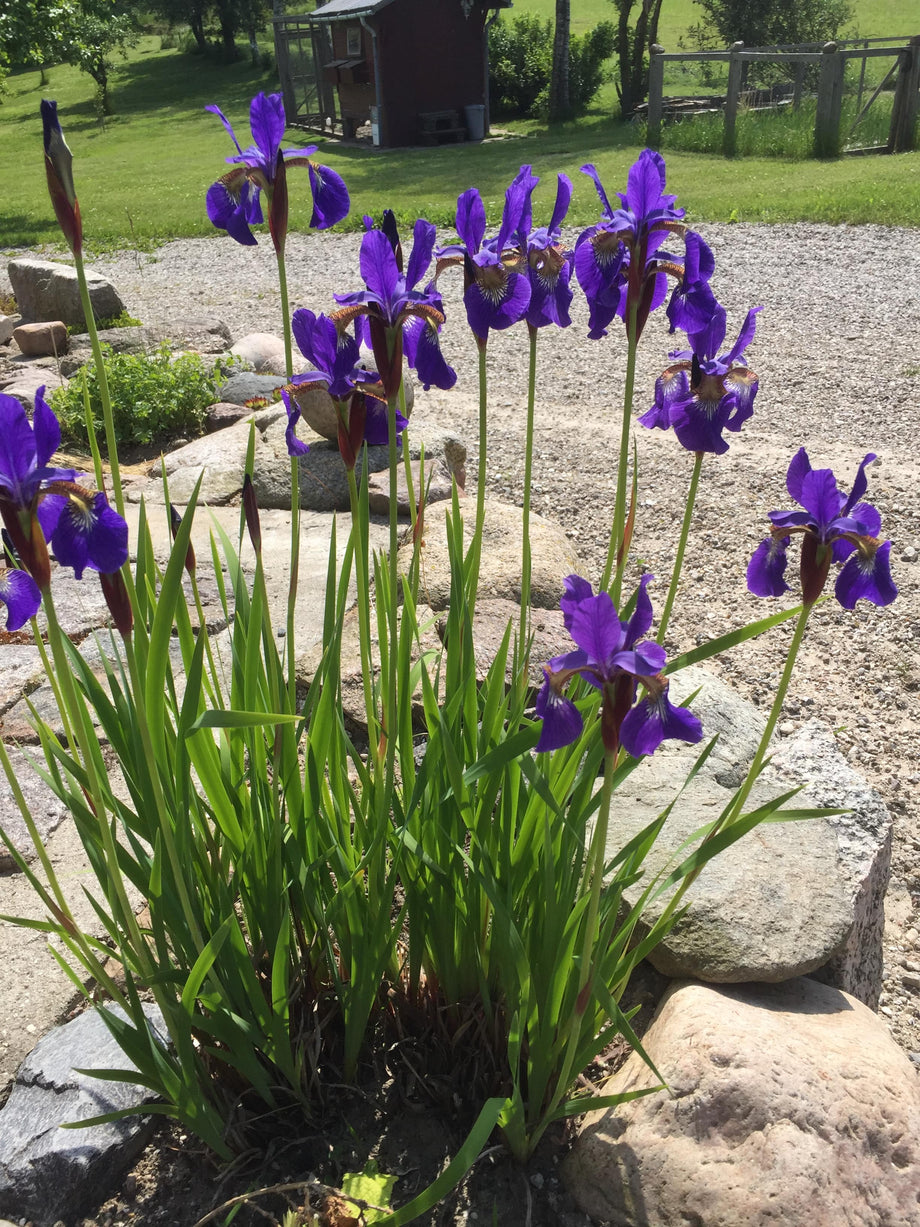
Type: Spring and summer perennialHeight: 30-40cmPlacement: Full sunQuantity: Min. 30 seedsGermination rate: 55%.Plant spacing: 20x20cmColour: Blue-purpleSowing: All year, but best in August-October at 0.5cm depthFlowering: June. Does not flower until the second or third year. This blue iris is a relatively low but de
Type: Spring and summer perennial
Height: 30-40cm
Placement: Full sun
Quantity: Min. 30 seeds
Germination rate: 55%.
Plant spacing: 20x20cm
Colour: Blue-purple
Sowing: All year, but best in August-October at 0.5cm depth
Flowering: June. Does not flower until the second or third year.
This blue iris is a relatively low but dense iris that thrives well in ordinary garden soil and preferably in full sun.
Iris is one of the most beautiful things you can have in the garden and blooms in June, when you miss the intense colours in the garden. Irises are easily recognisable because their elaborately shaped heads are unlike other summer flowers that bloom early in the year.
Iris seeds can last for many years, which makes germination rates difficult to judge. You may find that an iris seed can survive in the soil for several years before it finds it has the optimal conditions to germinate. So don't give up if you don't get many plants from the start. They may come later.
Irises can either be sown directly on the growing site in August-October or very early spring, or you can pre-germinate them on the windowsill in early spring and later transplant them where you want them. It is important to keep the soil moist until the root has taken hold.
Type: Spring and summer perennialHeight: 30-40cmPlacement: Full sunQuantity: Min. 30 seedsGermination rate: 55%.Plant spacing: 20x20cmColour: Blue-purpleSowing: All year, but best in August-October at 0.5cm depthFlowering: June. Does not flower until the second or third year. This blue iris is a relatively low but dense iris that thrives well in ordinary garden soil and preferably in full sun. Iris is one of the most beautiful things you can have in the garden and blooms in June, when you miss the intense colours in the garden. Irises are easily recognisable because their elaborately shaped heads are unlike other summer flowers that bloom early in the year. Iris seeds can last for many years, which makes germination rates difficult to judge. You may find that an iris seed can survive in the soil for several years before it finds it has the optimal conditions to germinate. So don't give up if you don't get many plants from the start. They may come later. Irises can either be sown directly on the growing site in August-October or very early spring, or you can pre-germinate them on the windowsill in early spring and later transplant them where you want them. It is important to keep the soil moist until the root has taken hold.
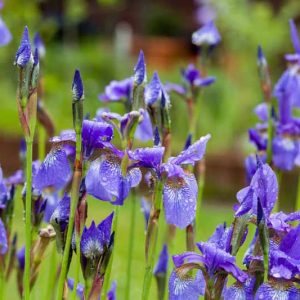
Iris Spuria (Blue Iris)
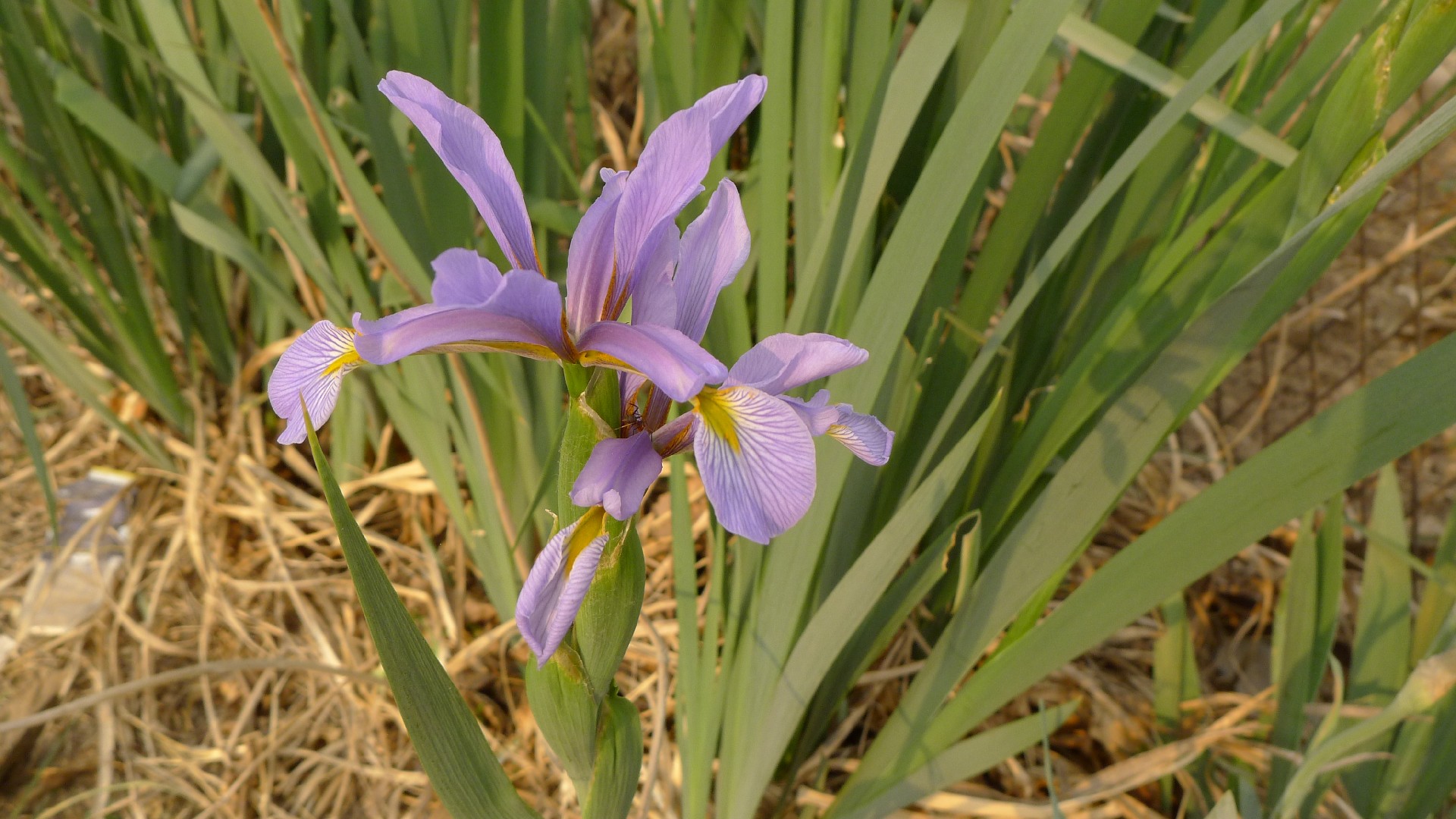
Blue iris (Iris spuria) Flower, Leaf, Care, Uses - PictureThis

Blue Iris (Iris spuria) · iNaturalist Canada

Centrathus (Centrathus) – Lindelyst
Iris spuria subsp. maritima - Wikipedia

Yellow iris (Iris pseudacorus) – Lindelyst

Blue iris (Iris spuria) – Lindelyst
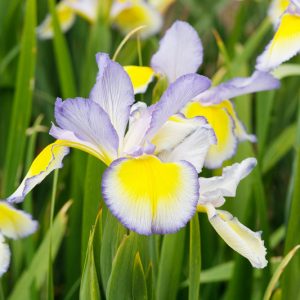
Iris Spuria (Blue Iris)
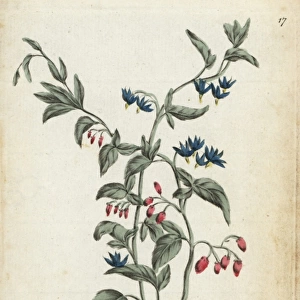
Late-flowering blue iris, Iris spuria For sale as Framed Prints, Photos, Wall Art and Photo Gifts
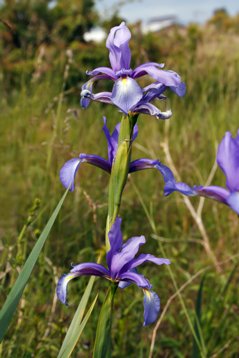
Iris spuria - Blue Iris - dansk iris

Tall blue iris (Iris spuria) – Lindelyst
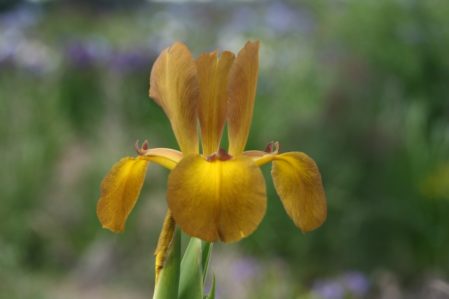
IRIS spuria Medallion Woottens Plants Mail Orde
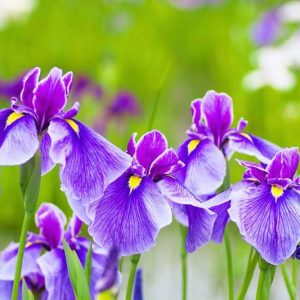
Iris Spuria (Blue Iris)
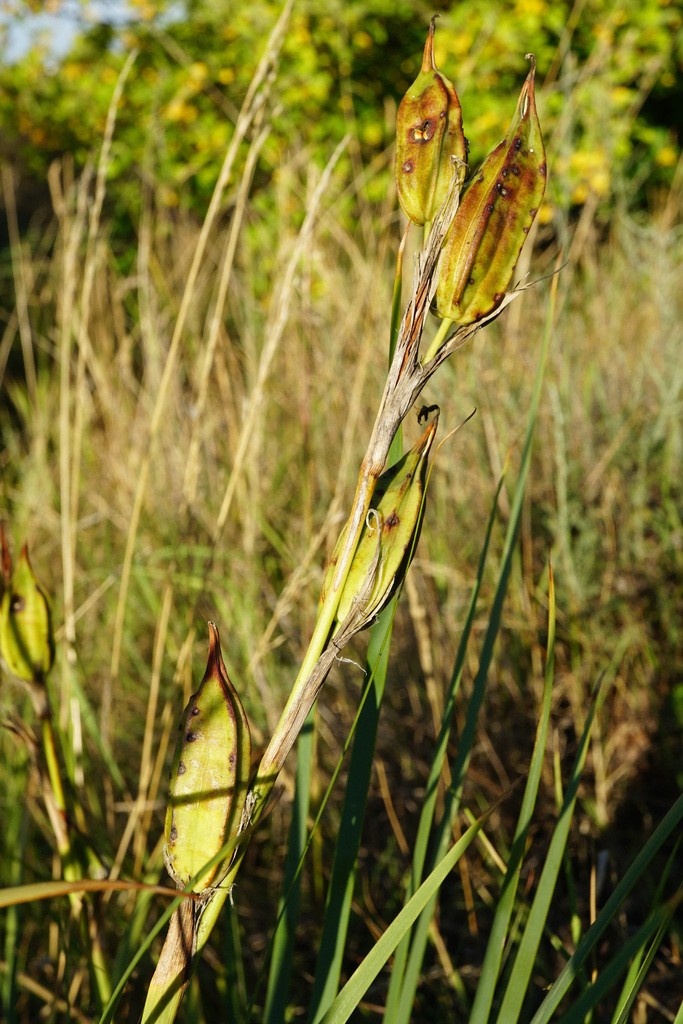
Blue iris (Iris spuria) Flower, Leaf, Care, Uses - PictureThis

Tall blue iris (Iris spuria) – Lindelyst
